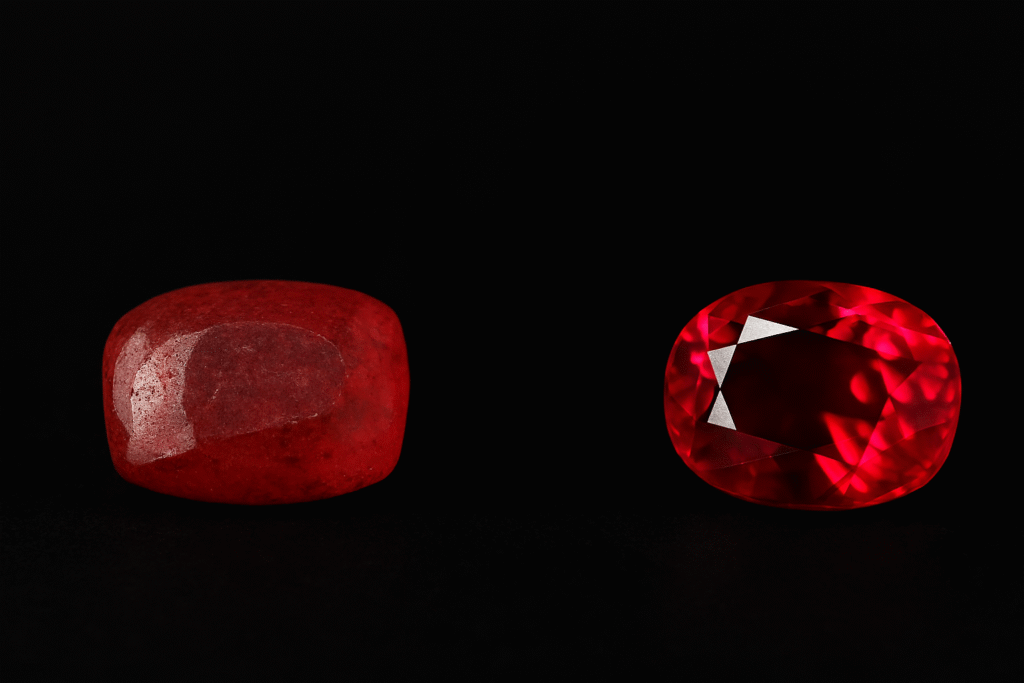Red spinel has been mistaken for ruby in history, but misidentifying it lowers its value and hurts your credibility. Learn the difference and why honesty is your strongest tool.
The most famous mistake in gem history sits in the British Crown Jewels.
The Black Prince’s “Ruby” is not a ruby at all. It’s a red spinel.
For centuries, even kings and queens believed it was a ruby.
This is the billion-dollar lesson: if you call a spinel a ruby, you lose more than money. You lose credibility.
Why it matters
- Ruby and spinel look alike, but they are different minerals.
- A ruby belongs to the corundum family. Spinel does not.
- Markets price them differently. Calling a spinel a ruby misleads buyers.
- Over time, it damages your reputation as a seller or collector.
Tools to tell them apart
You don’t need a lab to avoid this mistake. Simple tools can help:
- Polariscope – Ruby is doubly refractive. Spinel is singly refractive. This test gives you a clear answer.
- Refractometer – Measures refractive index. Ruby is around 1.76–1.77. Spinel is lower, around 1.72.
- Magnification – Natural inclusions differ. Learning to read them gives you an edge.
Why honesty protects you
When you tell a buyer “this is spinel, not ruby,” you do three things:
- Show knowledge.
- Build trust.
- Protect long-term value in your trade.
A question for you
If a gemstone can fool emperors and monarchs for centuries, what steps are you taking to avoid the same mistake in your business?
The Black Prince’s “Ruby” teaches one simple truth: honesty is not just ethics in gemology. It’s profit.
Red spinel is not a ruby. Mislabeling it damages both value and trust. This post explains the Black Prince’s “Ruby” mistake, shows you how to tell them apart using simple tools, and why honesty with gems protects your reputation.



